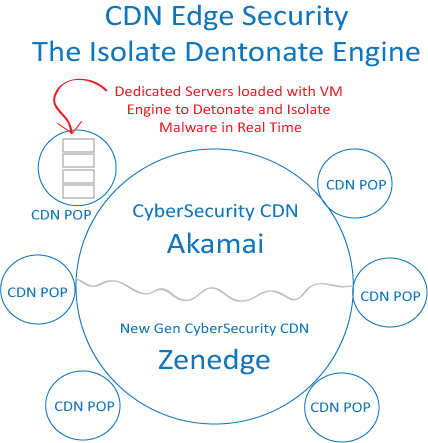Today, there are dozens of innovation driven cyber security companies from small start-ups to established players that are making the world a better place. One such company is FireEye. They are a great American story that started from an idea born in the mind of an engineer who previously worked for Sun Microsystems. Sun was one of the most innovative companies during the first dot com. FireEye wasn’t an overnight success, but it took ten years of hard work to get where they are today. CEO Dave Dewalt runs the innovation driven machine, and he has done wonders while there. CDNs in the ecosystem can learn from FireEye in the innovation department.
FireEye pretty much invented Advance Threat Protection. The core component of the FireEye platform is the patented Multi-Vector Virtual Execution (MVX) engine that is able to detect and detonate threats. Bromium is another leader in the cyber security space. They have invented a product called vSentry that was built on the Bromium Microvisor. The Microvisor is a hypervisor that isolates vulnerable tasks, whether it’s opening a document or visiting a website, and renders them completely useless. The common theme in the value prop for FireEye and Bromium are detonation and isolation. If a CyberSecurity CDN like Akamai or Zenedge implemented this type of technology at the CDN edge, how would it look and what would it be called?


